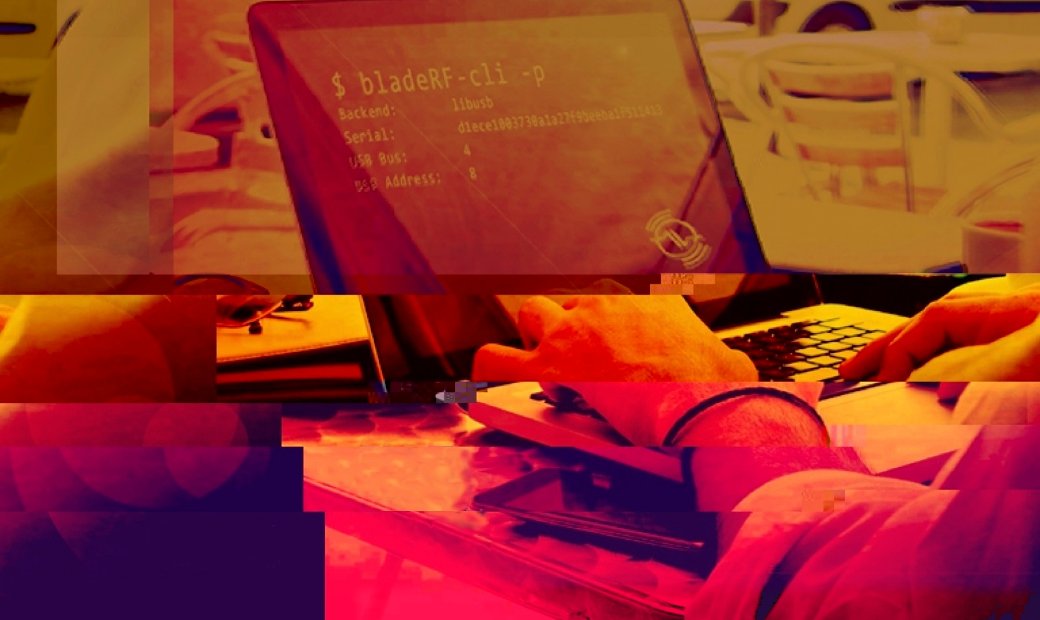
Since such devices as bladeRF, HackRF, RTL-SDR, and software systems like GNU Radio had become widely available, reverse engineering of radio air data got really simple and entertaining.
Date: 01/06/2017

Since such devices as bladeRF, HackRF, RTL-SDR, and software systems like GNU Radio had become widely available, reverse engineering of radio air data got really simple and entertaining.
Date: 09/02/2016

Everyday, new vulnerabilities are discovered in mobile devices that can be exploited by intruders. They can send an SMS to a pay-per-call number, they can collect and sell a large database of contact details, and they can also compromise a specific individual. Successful exploitation of a vulnerability requires that a whole range of conditions are met. There is another way, however! Provide the user with a really useful application (a game with birds), whose manifest contains a list of device information that we are interested in. In this article, we will look at ways of obtaining and saving important information from an Android device.
Date: 15/10/2015

Everyone cares about their significant others' security. We all know that feeling when your calls are not answered and your Whatsapp messages not marked as read. In a moment like that you would do a lot to have any idea what is happening there. Although cell phone carriers offer geolocation services to locate another user, knowing your girlfriend is somewhere in the middle of Main Street will barely help. So what can we do about it?
Date: 29/09/2015

At first, GPUs could be used for a very narrow range of tasks (try to guess what), but they looked very attractive, and software developers decided to use their power for allocating a part of computing to graphics accelerators. Since GPU cannot be used in the same way as CPU, this required new tools that did not take long to appear. This is how originated CUDA, OpenCL and DirectCompute. The new wave was named ‘GPGPU’ (General-purpose graphics processing units) to designate the technique of using GPU for general purpose computing. As a result, people began to use a number of completely different microprocessors to solve some very common tasks. This gave rise to the term “heterogeneous parallelism”, which is actually the topic of our today’s discussion.
Date: 15/06/2015

Node.js is really cool, but the abundance of powerful frameworks that simplify the development of web applications for other programming languages was a significant deterrent to the popularity of the use of JavaScript on servers. Many people needed a simple tool, one like your favorite RoR, Yii or ASP .NET MVC. The community of JavaScript aficionados worked hard on correcting this unfortunate situation, and several interesting solutions emerged as a result. Each of them has their own arsenal of killer-features, but in all that diversity I was attracted by an ambitious project hidden under modest title Sails.js.
Date: 18/05/2015

First goes the list of the components I used:
Firmware may be developed at least in two IDEs: Keil Embedded Development Tools for ARM and IAR Embedded Workbench. I use the first one, but if you are interested in the other one, you will need IAR Embedded Workbench for ARM due to peculiarities of IAR.
Date: 13/05/2015

Currently, the backends focused on certain needs of application developers are actively “built” upon “low-level” cloud systems (bare virtual servers and virtual file storages). The so-called backend as a service (BaaS) are in really good demand with mobile software developers, due to which now the differences between BaaS and Mobile BaaS (MBaaS) are almost blurred out. MBaaS-services are very popular with online-games developers and start-up projects, because they help spare an ocean of resources and time for development and maintenance of server infrastructure. Today it’s possible both to connect client side to cloud storage, user maintenance service, social services, etc., and to bring the working prototype to operation within several hours and free of charge.